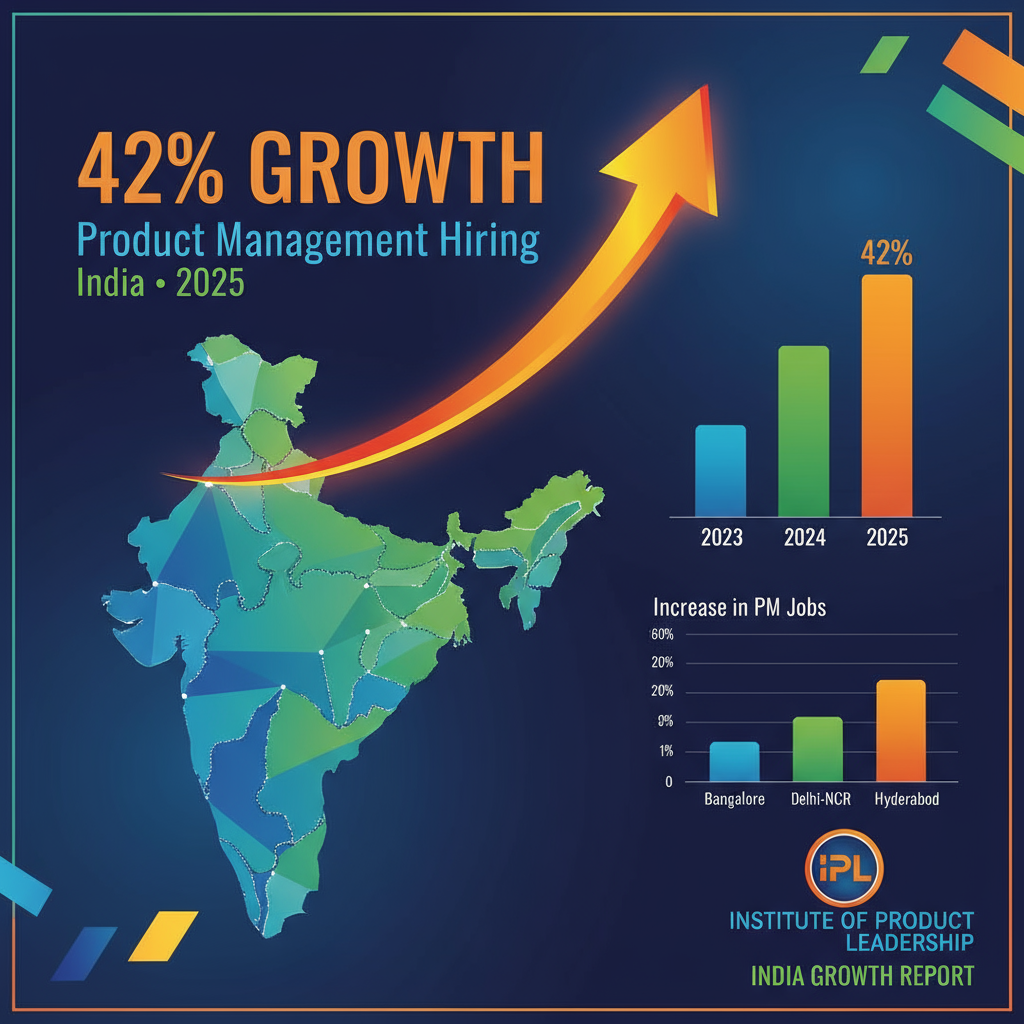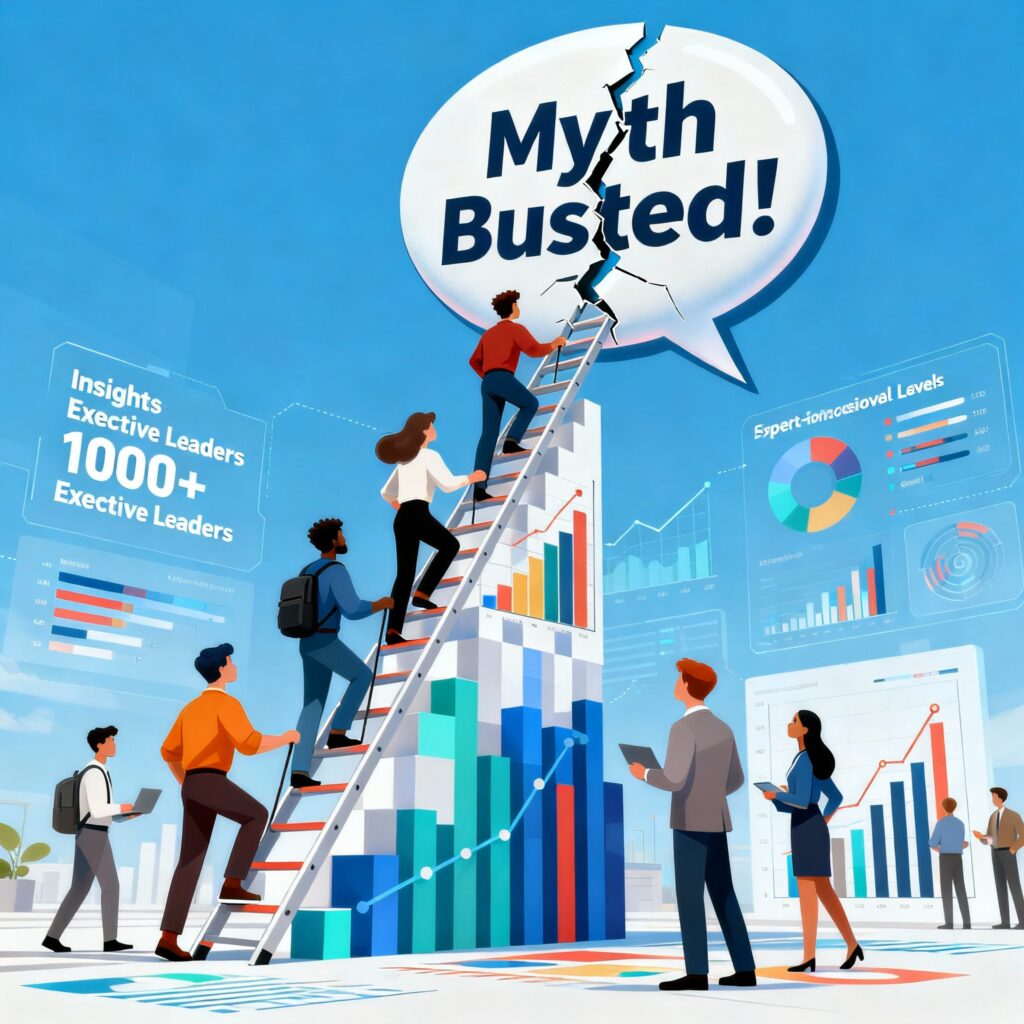How companies use Big Data to help their customers?
Big Data has gotten a lot of attention over the past 18 months as retail, manufacturing, and technology companies realize the gold mines they’re sitting on and rush to scour them for competitive advantage. Nearly all of this discussion, though, revolves around consumer trends, marketing guidance, new product planning, and other market-level insights. Here are how companies are using big data to treat customers more like individuals — and build better long-term relationships so those customers happily buy more and more.
eBay turns big data into intelligent information
eBay conducts a wide variety of activities such as machine learning, data mining, economics, user behavior analytics, information retrieval and visualization using big data. And the data they work with is of a wide variety: user, user behavior, transaction, items, feedback, searches.
GE uses big data to power machine services business
GE, one of the UK's largest manufacturers, is using big data analytics to predict maintenance needs. GE is a big fan of big data, investing more than $100 million in tech companies this year alone. GE manufactures jet engines, turbines and medical scanners. It is using operational data from sensors on its machinery and engines for pattern analysis.
Amazon predicts exactly what customers want before they ask for it
Amazon long ago mastered the recommendation of books, toys, or kitchen utensils that their customers might be interested in. Other companies have followed suit, such as recommending music on Spotify, movies on Netflix, or Pins on Pinterest. Amazon uses big data also to offer a superb service to its customers. This could be the effect of the purchase of Zapos in 2009, but it clearly helps that it ensures that customer representatives have all the information they need the moment a customer needs support. They can do this because they use all the data they have collected from their customers to build and constantly improve the relationship with its customers. This is something many e-tailers can learn from. But Amazon is expanding its usage of Big Data since it notices that the competition is nearing closer. As such, Amazon added a remote computing service, via Amazon Web Services (AWS), to their already massive product and service offering.
Catching swine flu: how big data helped doctors to understand a pandemic
In the health care industry, big data is being put to work to improve the quality of patient treatment — and save lives. Health care providers in Singapore have gathered big data insights from analytics platforms to transform how they manage chronic diseases. The swine flu pandemic was an early example of how mobile phone data can be used to analyse trends and patterns of movement. A specialist team from Telefónica used mobile network data to understand how people moved around during the swine flu pandemic. Their findings helped to validate a government’s response to the crisis.
Southwest Airlines improved customer service interactions using big data
Using data to improve customer relationships is especially important when customers have more channels than ever to connect with brands. Southwest Airlines is using speech analytics to extract data-rich info from live-recorded interactions between customers and personnel to get a better understanding of their customers.
Delta Airlines identified customer pain points and resolve them using Big Data
Most companies know what some of their customers’ pain points are (if they don’t, they aren’t paying attention to their customers.) Those who are digging deep into the data to solve those difficulties are improving their customers’ experience. For example, take Delta Airlines. All airlines know a top concern for passengers is lost baggage, particularly when they are on a flight that’s delayed and missed connections involved. Delta Airlines looked further into their data and created a solution that would remove the uncertainty of where a passenger’s bag might be. Customers can now snap a photo of their baggage tag using the “Track My Bag” feature on the Delta app and then keep tabs on their luggage as it makes its way to the final destination. Even if a bag doesn’t make it on the intended flight, passengers save time tracking it down. Finding a new way to put big data to use for the benefit of their passengers put Delta out front in a competitive market. Understand how big data can help you make better product decisions, come join the industry connect event on September 13, 2014 at CMR University Campus, Bangalore.
Facebook
Twitter
LinkedIn
Trending Posts
Tagged blogs




